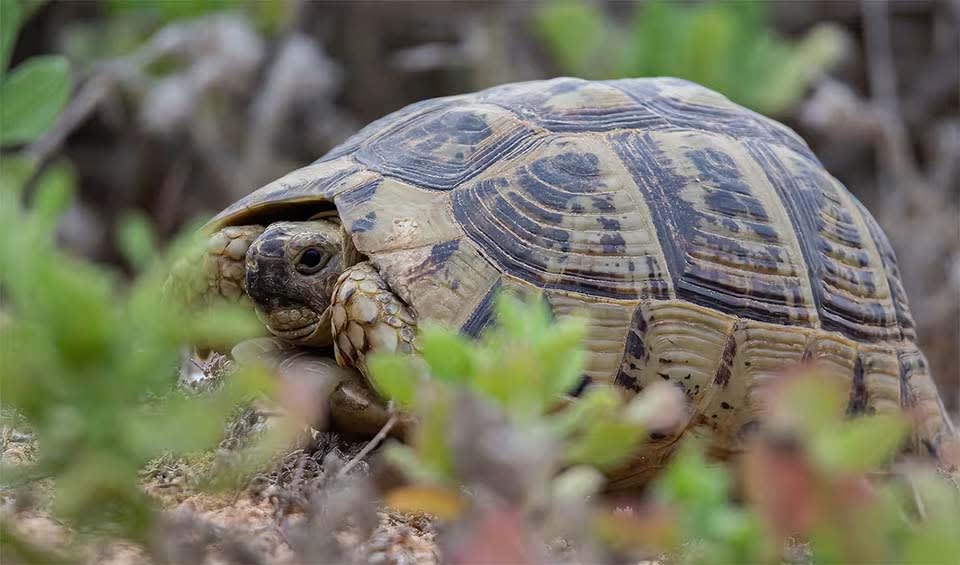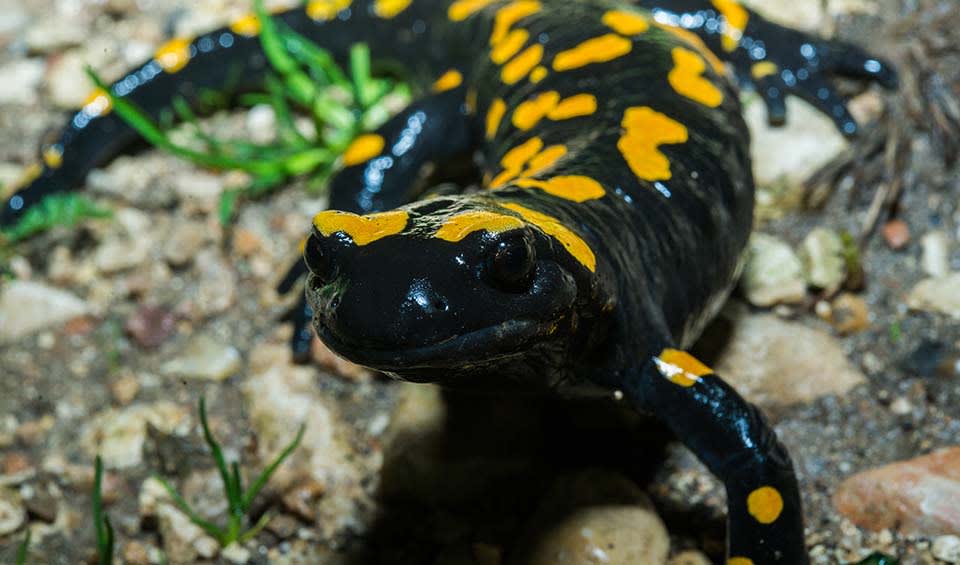Iraq is renowned for its distinctive biodiversity, particularly in its southern territories, which include nine of the most significant ecological ecoregions. These ecoregions range from lush marshlands that are vital for migratory birds, to desert and riverine landscapes that support a diverse array of flora and fauna. Each ecoregion plays a critical role in maintaining the ecological balance and supporting the native wildlife.
Iraq’s environment is notably diverse due to several distinct geographical features: In the west of the Euphrates lies a sprawling desert characterized by its arid climate and unique desert species. To the north, the country is defined by rugged highlands, which provide a cooler, mountainous habitat that contrasts sharply with other areas. The upper Tigris region also features upwash and extensive plains, which are crucial for agriculture and serve as habitats for numerous species. This varied environmental landscape supports a rich mosaic of ecosystems and contributes to the country’s rich biological heritage.
Four pillars elaborated:
Approximately two-fifths of Iraq is covered by a vast desert region in the west and south, encompassing about 168,000 km² (64,900 mi²). Alongside this arid landscape, Iraq maintains a network of national protected areas, such as parks, reserves, and sanctuaries, which span a diverse range of ecosystems including mountains, forests, wetlands, and deserts. However, the country currently lacks any marine protected areas. Land Management
Land Management
Biodiversity in Iraq faces multiple threats, including illegal or unsustainable fishing and hunting practices, conversion of ecosystems such as wetland drainage for agriculture, pollution from municipal and industrial sources, impacts of agricultural chemicals, overgrazing, poor management of water resources, salinization, infrastructure development, and challenges from drought and desertification. In 2003, UNEP (United Nations Environment Programme)identified critical issues such as the absence of a legal framework for biodiversity conservation, the lack of a protected areas network, and the absence of a national biodiversity strategy. Threats to Biodiversity
Threats to Biodiversity
Many species are also threatened by habitat degradation, particularly from the destruction of the Mesopotamian marshlands and oil spills. Additionally, the Iraqi national report highlights a fundamental challenge: a lack of awareness among the public and government about the importance of biodiversity and the ecosystem services it provides.
In Iraq, the Ministry of Environment is actively working to establish the country’s first national park in the central marshes, with ongoing updates to the park’s management plan in collaboration with Nature Iraq/New Eden Group. Additionally, Iraq hosts various protected areas, including one designated habitat/species management area and 14 others under the Ministry of Agriculture’s management, collectively covering 0.3% of the national territory. Capacity and Governance
Capacity and Governance
Significant conservation efforts are focused on the Mesopotamian marshlands, recognized as vital wintering grounds for Eurasian bird species. Strategic environmental projects are also in place, including management plans for Ramsar sites, the UNEP Iraqi Marshlands Observation System, and initiatives supported by international organizations like UNDP, the World Bank, and USAID. These projects aim to enhance biodiversity and improve environmental management practices across Iraq.
The Iraqi government is actively formulating a national strategy aimed at establishing protected areas throughout the country. This comprehensive plan will pinpoint regions with significant conservation value and outline methods to safeguard these vital ecological zones. The strategy involves assessing the ecological importance of different areas, setting conservation priorities, and creating effective management approaches to preserve biodiversity and natural habitats for future generations. Future Trends
Future Trends
Biodiversity
Iraq boasts diverse ecosystems, encompassing desert landscapes, marshlands, river systems, and mountainous regions, collectively contributing to its rich biodiversity. The Tigris and Euphrates rivers, two of the most significant waterways in the Middle East, create fertile floodplains that support various plant and animal species. Iraq’s Mesopotamian Marshes, once among the largest wetlands in the world, are home to numerous bird species, including the endemic and endangered Basra reed warbler, as well as various fish and amphibians. The country’s desert regions, such as the western desert and the Arabian Desert, support unique flora and fauna adapted to arid conditions, including reptiles, rodents, and desert plants.The mountainous regions of northern Iraq, particularly in the Kurdistan area, add another layer to the country’s biodiversity. These areas are characterized by rugged terrain and a variety of microclimates, supporting forests, grasslands, and alpine meadows. The rich biodiversity in these mountains includes species such as the Persian leopard, wild goats, and various bird species like the golden eagle and the imperial eagle.
In the table below are the number of known species in several main groups, how many of these species are Threatened with extinction, and how many of them are Endemic (unique to Iraq only):
| Species (World rank) |
Threatened | % Threatened | Endemic | % Endemic | |
|---|---|---|---|---|---|
| Mammals | 100 (#111) | 13 | 13.0% | ||
| Birds | 374 (#94) | 17 | 14.5% | ||
| Reptiles | 118 (#81) | 3 | 2.5% | ||
| Amphibians | 8 (#144) | 1 | 12.5% | ||
| Fishes | 313 (#148) | 35 | 11.2% | 1 | 0.3% |
| Plants | 3,001 (#115) | 2 | 0.1% | 195 | 6.5% |
mammals
Arabian oryx
A desert icon, stands tall, thriving in the sand – truly born to be wild in their extreme habitat
Cheetah
Racing to extinction: historically ranging throughout Africa to India, now distributed in small, fragmented populations
Middle East blind mole-rat
In the hidden depths of the Middle East, they emerge as a captivating underground marvel
birds
Eurasian eagle-owl
These owls have specialized feathers that make their flight nearly silent
White-throated kingfisher
These birds are quite chatty, and their sounds are like a strong and determined rattling laugh
Chukar partridge
The national bird of Pakistan and Iraq is known to improve degraded ecosystems by aiding in the dispersal and germination of seeds
reptiles
Painted saw-scaled viper
A venomous and aggressive snake with the highest mortality rates in the areas of its occurrence
Greek tortoise
The mosaic-shelled marvel of the Mediterranean
Starred agama
With mesmerizing blend of bold blues, fiery reds, and sunshine yellows, it effortlessly catches the eye of all who cross its path
amphibians
Eastern spadefoot
While most frogs lay their eggs in permanent water bodies, this special frog prefers temporary pools that form after heavy rains
Near Eastern fire salamander
Visually striking, these show-stoppers have bright yellow fire-like spots on their body
Savignys treefrog
Also known as the Lemon-yellow tree frog, the Middle East tree frog
National Animals
Lion
Tufted-tailed Simba in the plight
Golden eagle
This majestic brown raptor is most widely distributed eagle species


















